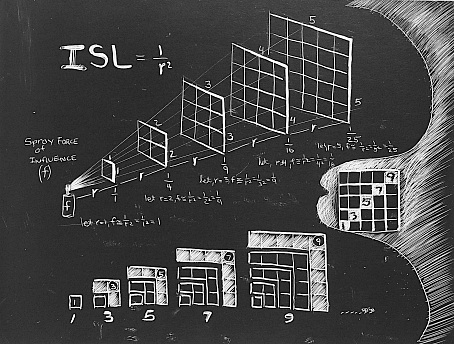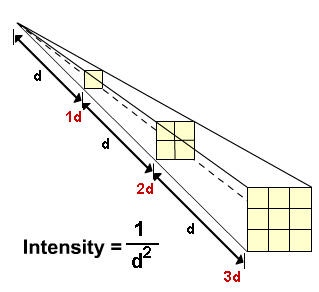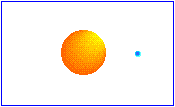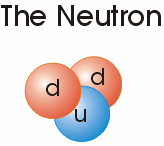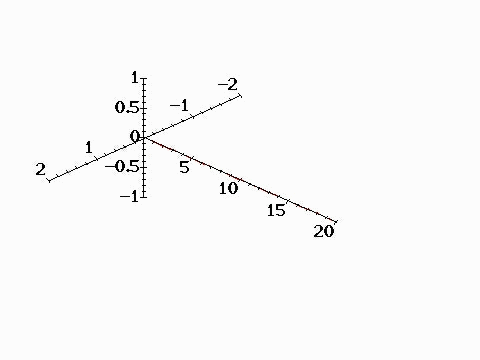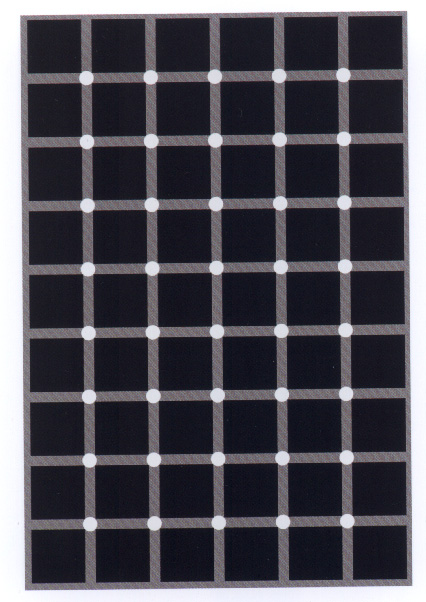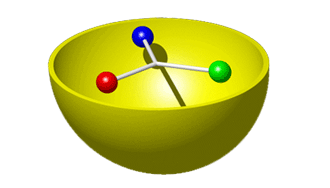Richard Feynman, The Meaning of it All, (1963)
Science is
- How we find things out, or method, (p.5, p. 15).
- The body of knowledge of what we found out, "A body of statements of varying degrees of certainty." (p. 9, p. 27.)
- What we do with what we discover (technology). (p.5, pp. 7-9).
R. Feynman, The Meaning of it All, p. 5.
Text | Definitions of science | Themes his inquiry | Writing about uncertainty | related ideas
![]()
The Uncertainty of Science, pp. 3 - 28. "talk about the nature of science and . . . the existence of doubt and uncertainty."
The Uncertainty of Values, pp. 31 - 57. "discuss the impact of scientific views on political questions . . . and on religious questions."
The Unscientific Age, pp. 61 - 121. "describe how society looks to me " . . . . And – "what future scientific discoveries may produce in terms of social problems."
![]()
"The ideas I wish to describe are old ideas."
(p. 3).
"Now thinking and thought involve concepts, what Richard Feynman calls "new ideas." As he suggests we need words "to express ideas."
(p. 116)
We need a lot more words than we have to convey accurately the conditions we now understand as universal (everywhere) and predictive (inverse square law).
(pp. 19-20. 23).
inverse square law, "Proportional to the masses of two different and separated objects and inversely proportional to the square of the distance between these two defined objects."
Scientist Banesh Hoffmann reminds us that:
"Newton found that the gravitational force falls off as the inverse square of the distance."
p. 33.
"The magnetic force between poles, whether repulsive or attractive, is radial; that is it acts along the line joining the poles. And the force varies inversely as the square of the distance between the poles."
p. 63.
"Thus, the seemingly unmathematical lines of force have led to the conclusion, known long before, that the electric force varies inversely as the square of the distance. . . . Such was Faraday's discovery – a triumph for his seemingly unmathematical concept of lines of force as the very essence of electromagnetism."
p. 67.
Banesh Hoffmann, Relativity and its Roots, New York: W. H. Freeman, 1983.
Who?
Richard Feynman, author of Quantum Electrodynamics, Feynman diagrams and several books for nonscientists about his life and his unfathomable curiosity for material things.
Dr. Feynman, a native New Yorker (Brooklyn), was a physicist at Cal Tech for all of his professional life after his work on the Manhattan Project, and teaching at Cornell University in Ithaca. He served on the Commission investigating the causes of the Columbia space ship disaster in which all the astronauts on board perished on take-off. Feynman publicly rebuked the technicians for not understanding the basic impact of freezing or cold temperatures on the materials that make O-ring seals. The failure of these "O-ring" seals, a simple device brought down a complex machine causing the loss of human life.
See Feynman explaining this failure to the commissioners – https://www.youtube.com/watch?v=6Rwcbsn19c0.
Richard Feynman describing what is the process of discovery.
"The key to science. . . ."
Outrageous world; is the meaning of this world hidden or apparent?
Basic meaning arises from order: Any organization from grammar and syntax to signals requires order to convey the intended meaning to others.
For example at one level the order determines what an assemblage of letters means:
item
mite
emit
time
Translation:
Another level of meaning comes from deciphering one form into another such as the spoken words into written phrases.
frend is the phonetic spelling of spoken sound for friend. Friend is spelling the sound correctly as opposed to friend. (Find, fiend, fend, fen, fin, phennig, phenol, fennel ... irregularity of language and the regularity of reason.)
So Feynman asks rhetorically, "Have we got too many words, No, No. . . . Have we got too many words, No."
(page 116, The Meaning of it All)
Universality
"Or, there are the atoms. – mile upon mile of one ball after another ball in some repeating pattern in a crystal."
Underlying similarity in materials, origins, and functions is one current finding of scientists.

